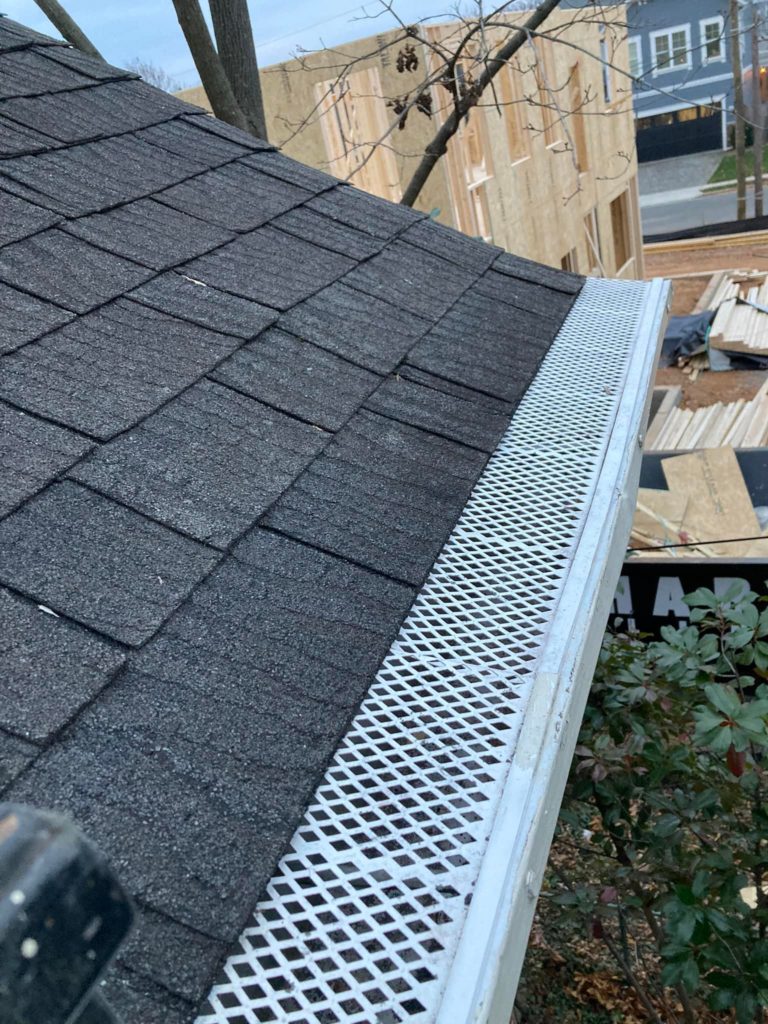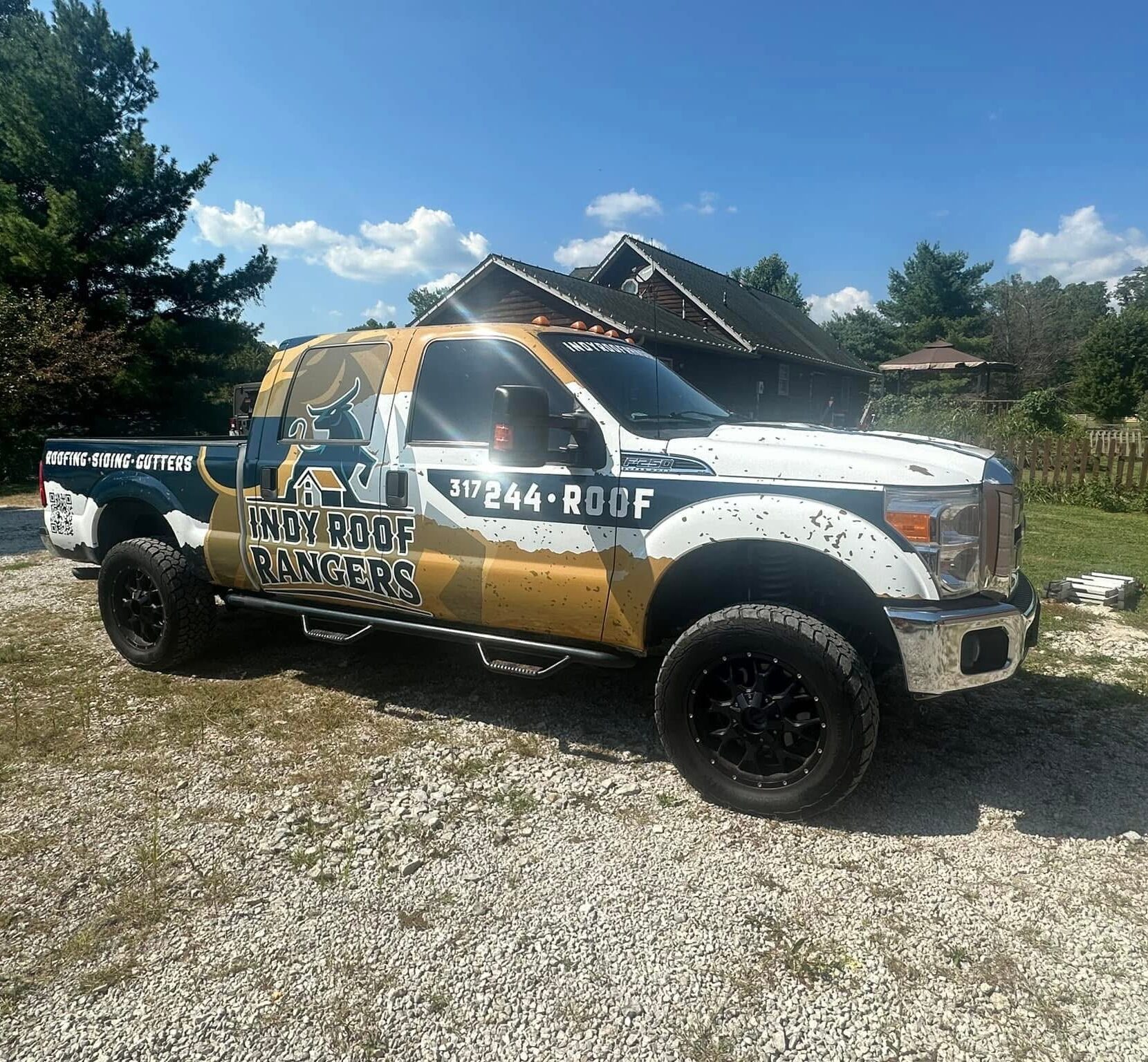How to Protect Your Roof Against Hailstorms
Hail is a type of precipitation that forms when water droplets in clouds freeze into balls of ice. Hail can cause a lot of damage to your roof, and it’s important to take some preventative steps against such damage. This can be harmful to your roof for several reasons, including the fact that large hailstones can cause damage to shingles and other roofing materials, and that hail often occurs during storms or heavy winds, which can cause additional damage to your roof.
If you live in an area that is prone to hail, it is especially important to take measures to protect your roof. Areas that are prone to hail in the United States include Colorado, Nebraska, Wyoming, and South Dakota.

Protecting Your Roof From Hailstorm Damage
- One of the best ways to protect your roof against hail damage is to install hail shields or ice shields. These are special panels that you can attach to the underside of your roof, providing extra protection from hailstones and other types of precipitation.
- Additionally, it’s important to keep your gutters clear so that water doesn’t build up on your roof. This will help prevent moisture and frost damage, which can weaken the structure of your roof over time.
- Finally, always be on the lookout for any broken or missing shingles on your roof. If you notice any damage like this, it’s important to replace those shingles as soon as possible to prevent further issues from developing.
Taking Action After a Hailstorm – What to Do if You Find Damage to Your Roof
If a hail storm hits your area and you notice any damage to your roof, it’s important to take action as soon as possible.
- The first step is to inspect your roof for any signs of damage, such as cracked or missing shingles, dents in the metal flashing around chimneys or vents, or damaged gutters.
- In addition to inspecting the outside of your roof, it’s also important to check inside your home for water leaks or other issues that may have been caused by hail damage.
- Once you have identified any potential problems with your roof after a hailstorm, be sure to contact an experienced contractor to repair any damage and ensure that your roof is protected against future storms.
If the damage is substantial, it may be necessary to replace your entire roof, so it’s important to act quickly and get a professional assessment of the situation. Fortunately, by taking the right steps to protect your roof against hail damage, you can help ensure that your home stays safe and dry no matter what Mother Nature throws at it.

